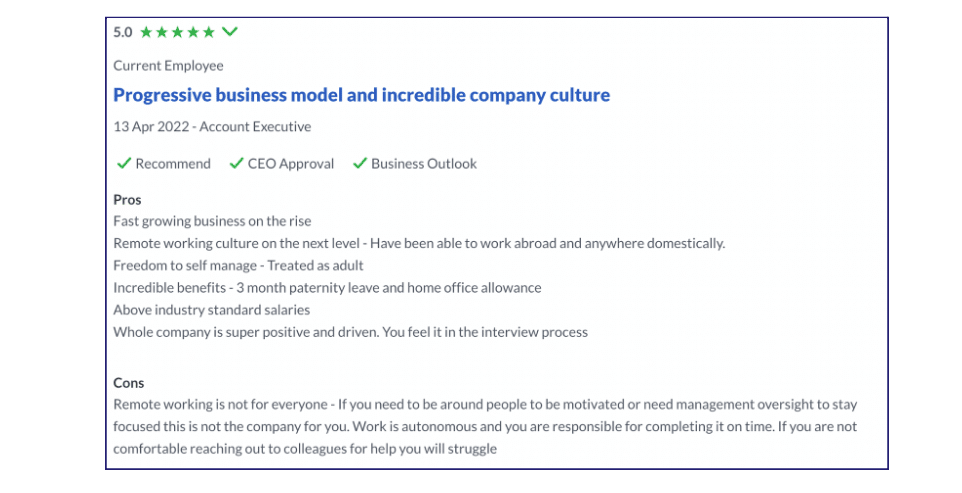From short-term COVID response to long-term working reality, remote work isn’t going anywhere. And the pandemic-driven necessity of the past 2 years was only the beginning.
Something is happening in the world of work. Perhaps we shouldn’t be surprised; these evolutions happen every century or so.
The early twentieth century, with the gradual thinning out of manual industrial work, birthed the modern office we all know: rows of desks and PCs, spinny chairs on wheels, filing cabinets, tangles of ethernet cables.
The early twenty-first century may be starting to kill it. It’s early days, of course, but every evolution takes time.
Far from a one-off COVID-19 contingency, remote working is continuing to blossom, spread and mature as the virus recedes. And like a creeping ivy, it’s growing at the expense of the old office-centric world.
1. Periphery to center
Like something left behind on a beach by a retreating wave, remote work hasn’t contracted to anything like its pre-COVID levels – even as restrictions are eased, masks are dropped and we begin to stand close to one another again.
Before the dark days of March 2020, the percentage of white-collar office workers operating entirely from home stood at around 5 percent.
Government mandates pushed that figure to around 50 percent as COVID-19 raged, with certain industries seeing even higher levels of remote work.
As we emerge from the tunnel and begin to approach pre-pandemic normalcy at last, the proportion of remote work has fallen with it—but only to somewhere between 25 percent and 33 percent.
In short? Remote work is about 5 to 6 times more prevalent than it was before COVID-19, with a majority of office workers expressing a desire for at least part-time remote work for the future.
This dramatic mushrooming of remote working doesn’t look likely to reverse. And as oil prices surge, commuting and living costs stack up and professional workers enjoy unprecedented choice of job opportunities, organizations which can extend a remote hand to prospective talent will find themselves more and more attractive.
Which brings us to…
2. Remote working as a secret weapon
Savvy businesses are understanding that remote work is increasingly evolving from pandemic tickbox to recruitment, retention, efficiency and productivity booster.
Multiple studies have failed to find the negative correlation between remote work and productivity that its critics level at it, while some have even found increased productivity driven by reduced stress, fewer sick days and minimized day-to-day distractions for remote workers.
Throw into the mix a recruitment pool that’s as wide as you want it to be and positive effects on employee retention, and remote work emerges as a serious differentiator to be considered by businesses that can reasonably operate with it.
In turn, the financial savings from slicing physical operating costs must be compensated for by giving employees a greater level of trust and autonomy than in a face-to-face environment, while ensuring digital mechanisms are in place for communication and support of team members.
Get it right like my employer, a quality software provider operating remotely even before 2020, and the effects on employee morale and satisfaction are tangible—as a recent anonymous Glassdoor review demonstrates:
3. Flexible hybridization
We shouldn’t assume an ‘all or nothing’ approach to remote work, with tech businesses completely embracing remote and traditional physically proximate roles sticking to the office.
Businesses which require—or think they require—some physical interface can still unlock the benefits of remote work on a part-time basis by offering a hybrid approach to workers. And as with Point #2, flexible work should involve empowering and trusting your colleagues to do what’s best for the company and themselves—mandating a set three days in the office and two at home, for instance, doesn’t count.
Instead, consider how to let your colleagues balance their working format according to their own preferences and the operational needs of their role. As remote working continues to evolve, it should be fine-tuned and tweaked in adopting businesses to deliver maximum value for employer and employee: enabling culture growth and fostering close communication while balancing autonomy, stress and burn-out reduction, and remote working’s greatest strengths of recruitment, retention and efficiency boosting.









